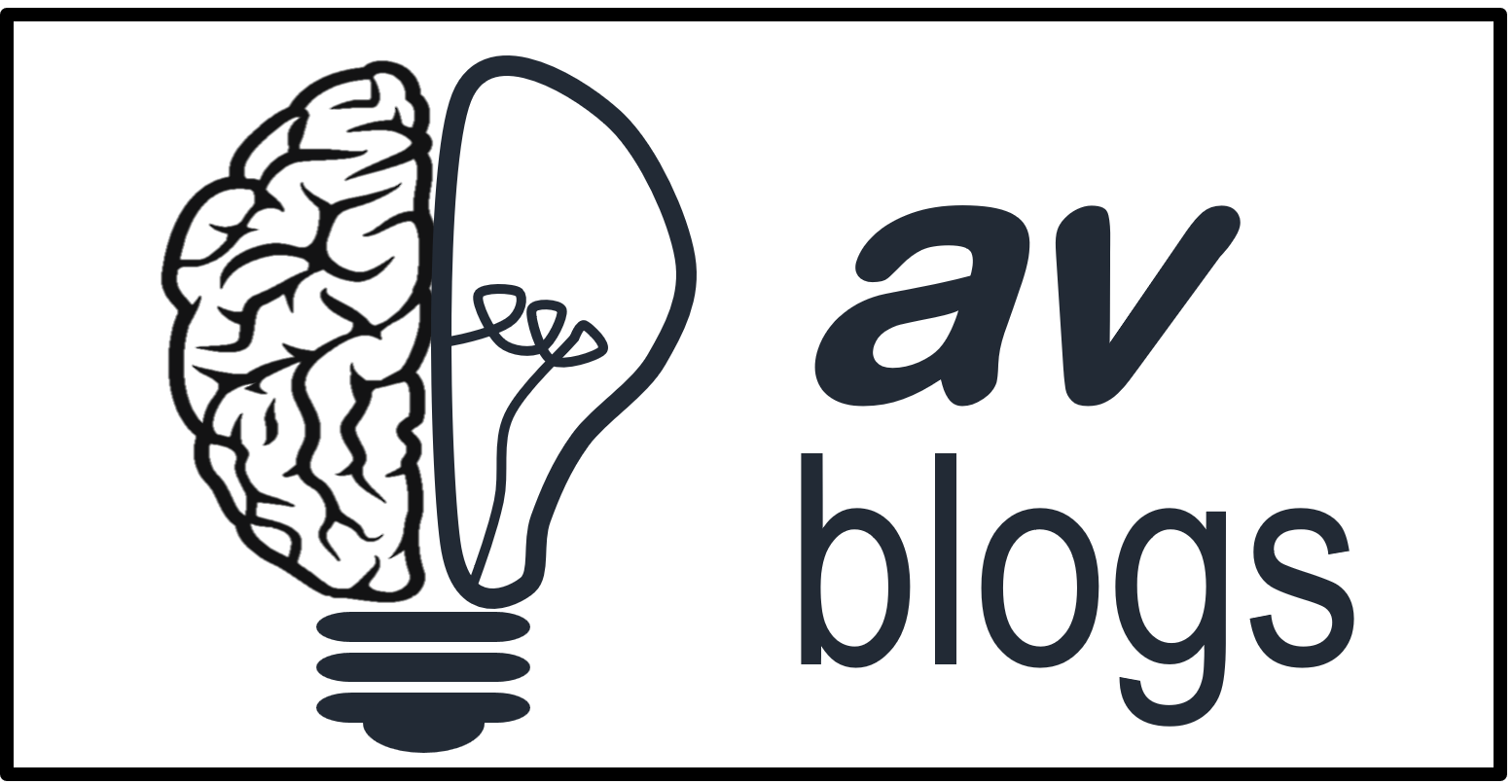Migraines are not just any headache—they’re a full-body experience that can take you out of commission for hours, sometimes days. Dealing with migraines can be tough and can have a significant impact on individuals. It’s important to understand how migraines can affect people. However, managing this condition effectively requires more than just addressing symptoms when they arise; it demands a deep dive into the specific triggers, personalized treatment plans, and proactive prevention strategies that can make a world of difference.
Getting to the Heart of Migraine Triggers 🔍
Understanding what sets off a migraine is crucial for both prevention and treatment. But we’re not just talking about the usual suspects like stress or certain foods. Let’s explore some of the more nuanced triggers that could be flying under the radar.
- Hormonal Changes ⚖️
We know hormones can be a migraine’s best friend. But did you know it’s not just about how much estrogen a patient has but how quickly it drops? This rapid withdrawal can set off a cascade of neurological events that lead to a migraine. Understanding the intricate dance of hormones can help you tailor hormone-based treatments that actually work for your patients.1 💡 - Stress and Neuroinflammation 🌪️
Stress isn’t just a mental game—it’s a full-body affair that can trigger neuroinflammatory responses, leading to migraines. Instead of just telling patients to “reduce stress,” dive into what’s happening on a cellular level. This insight can help you recommend stress management techniques that go beyond the basics and actually prevent those migraines from taking hold.2 🧠 - The Gut-Brain Connection 🦠
You’ve probably heard about the gut-brain axis, but did you know it plays a role in migraines? Gut dysbiosis and inflammation might be contributing factors to your patient’s migraine frequency. By addressing gut health, you can tackle migraines from a whole new angle—perhaps even suggesting dietary changes that go beyond just avoiding certain foods.3 🍽️ - Sleep and Sensory Processing 😴
Migraine patients often have more sensitive sensory processing systems, which can lower their threshold for a migraine. By helping patients understand the importance of sleep architecture—specifically how deep and REM sleep stages can affect their migraines—you can offer more targeted sleep interventions that actually make a difference.4 🛌
Treatment: Going Beyond the Pill 💊
When it comes to treating migraines, there’s no one-size-fits-all solution. That’s why it’s so important to have a toolkit of treatments that can be customized to fit each patient’s unique needs.
- New Frontiers in Acute Treatment ⚡
We’ve moved past just prescribing triptans and calling it a day. Have you explored the new class of medications like gepants and lasmiditan? These offer targeted relief without some of the side effects that make traditional treatments less ideal for certain patients. Plus, they work quickly—something every migraine patient will appreciate.5 🚀 - Preventive Therapies 🔄
Preventing migraines before they start is the dream, right? With Calcitonin gene-related peptide (CGRP) inhibitors now in our arsenal, that dream is closer to reality. These biologics are game changers, especially for patients who haven’t found relief with other preventive measures. And when you combine these with traditional medications, you might just find the perfect formula for keeping those migraines at bay.6 🛡️ - The Power of Neuromodulation ⚙️
Neuromodulation might sound like something out of a sci-fi novel, but it’s very real—and very effective. Devices like transcranial magnetic stimulation (TMS) and vagus nerve stimulation (VNS) offer non-pharmacological options that are particularly valuable for patients who prefer to avoid meds. These treatments are all about recalibrating the brain’s pain pathways, providing relief that’s tailored to the individual.7 🔬 - A Holistic Approach 🌿
Treatment doesn’t stop with medication and devices. Integrative therapies like cognitive-behavioral therapy (CBT), mindfulness, and biofeedback can be just as important in a comprehensive migraine management plan. By helping patients manage their stress, anxiety, and overall well-being, you can reduce the frequency and intensity of their migraines. And let’s not forget nutraceuticals like magnesium and riboflavin—sometimes, the simplest solutions can be surprisingly effective.8 💚
Prevention: Staying One Step Ahead 👣
Prevention is where you can really make a difference in your patients’ lives. By helping them understand and avoid their personal triggers, you can reduce the number of migraine days they experience each month—and who wouldn’t want that?
- Personalized Prevention Plans 🧬
The future of migraine prevention lies in precision medicine. Imagine being able to use genetic profiling to identify which patients are most at risk for certain types of migraines and then tailoring their treatment plan accordingly. While we’re not fully there yet, the advances in genomics are opening up exciting new possibilities for personalized care.9 🧩 - Advanced Behavioural Techniques 🧘♂️
For patients whose migraines are linked to stress, advanced behavioural techniques like Acceptance and Commitment Therapy (ACT) can be a game-changer. These approaches help patients change their relationship with stress, reducing its impact on their migraine frequency. By integrating these techniques into your practice, you can offer your patients a more holistic and effective approach to migraine prevention.10 🌈 - Optimizing Lifestyle Choices ⏰
We all know that lifestyle plays a huge role in migraine management, but optimizing it requires more than just generic advice. Dive into chronobiology with your patients—understand their circadian rhythms and how their daily habits might be affecting their migraines. By helping them synchronize their lifestyle with their biological clock, you can set them up for long-term success.11 🕰️ - The Role of Technology 📱
Wearable tech and mobile health apps are becoming invaluable tools in migraine prevention. These devices can monitor everything from heart rate variability to sleep patterns, providing real-time feedback that helps patients make immediate adjustments. With this data at your fingertips, you can refine and personalize their prevention strategies, ensuring that they’re as effective as possible.12 📊
Migraine management is about more than just reacting to symptoms—it’s about being proactive, precise, and personalized in your approach. By staying up-to-date with the latest treatments, embracing integrative therapies, and focusing on prevention, you can help your patients live healthier, migraine-free lives. Let’s keep pushing the boundaries of what’s possible in migraine care—because when we do, our patients win. 🏆
References:
- Rojas-Corrales MO, Delgado AS. Hormonal influence on migraine: A review of pathophysiology and clinical implications. J Clin Neurol. 2021;17(4):445-458. doi:10.3988/jcn.2021.17.4.445.
- Zhang Y, Liu Y. Neuroinflammation and stress in migraine: Molecular mechanisms and therapeutic strategies. Front Neurosci. 2022;16:794563. doi:10.3389/fnins.2022.794563.
- Khanna S, Hsu J. Gut microbiota and migraine: A review of current evidence. Headache. 2021;61(7):1121-1132. doi:10.1111/head.14214.
- Bjorner JB, Aro M. The impact of sleep disturbances on migraine frequency: A longitudinal study. J Clin Sleep Med. 2023;19(2):257-265. doi:10.5664/jcsm.9786.
- Edvinsson L, Haanes KA. Gepants and lasmiditan: New options for acute migraine treatment. Lancet Neurol. 2022;21(5):419-430. doi:10.1016/S1474-4422(22)00032-3.
- Goadsby PJ, Reuter U. CGRP monoclonal antibodies in migraine prevention: Current status and future directions. Neurology. 2021;96(4):196-206. doi:10.1212/WNL.0000000000011835.
- Lipton RB, Silberstein SD. Neuromodulation in migraine: A review of current technology. Headache Pain. 2022;23(1):32. doi:10.1186/s10194-022-01464-0.
- Saper JR, Lake AE. Integrative approaches to migraine management: A review of complementary therapies. Headache. 2021;61(6):975-987. doi:10.1111/head.14185.
- Cao Y, Wang Z. Genetic insights into migraine: Advances and clinical implications. J Genet Genomics. 2022;49(1):12-24. doi:10.1016/j.jgg.2021.10.006.
- Morris JA, McCracken LM. Acceptance and Commitment Therapy for chronic migraine: A systematic review. J Psychosom Res. 2023;158:110783. doi:10.1016/j.jpsychores.2023.110783.
- Van Cauter E, Plat L. Circadian rhythms and migraine: A bidirectional relationship. Sleep Med Rev. 2022;61:101561. doi:10.1016/j.smrv.2022.101561.
- Herring SA, Cohn JS. The role of digital health technologies in migraine management. J Digit Health. 2023;4(1):78-89. doi:10.1093/digitalhealth/dhad006.


